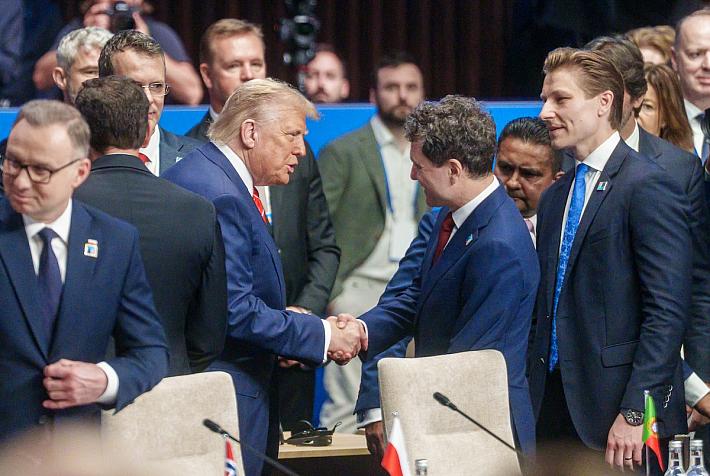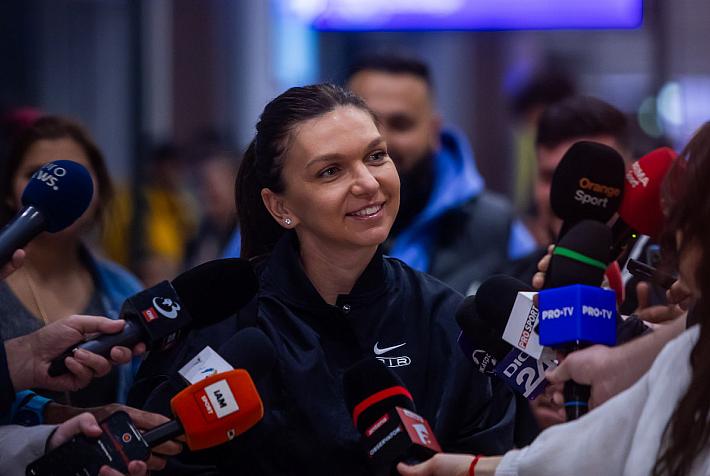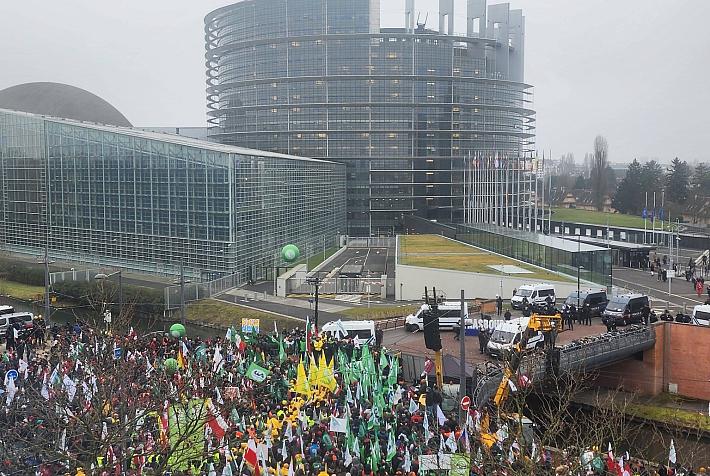Remains of Romanian sculptor Brancusi, just months away from being repatriated

The remains of famous Romanian sculptor Constantin Brancusi, who is buried in Paris, could be brought back to Romania in a couple of months, said Laurian Stanchescu, the man who has been lobbying for this move.
“We're very close to repatriation. The Paris City Hall and the Paris Prefecture have asked for a document that I have – a blood relative of Brancusi's has to give the approval and ask for the unearthing and re-burial in Romania,” said Stanchescu. He found a blood relative and has had the required papers ok-ed by a notary. This represents the last step before starting out the repatriation process, which should last two or three months, said Stanchescu, quoted by Agerpres newswire.
Brancusi wish was to be buried alongside his mother, in the village of Hobita, in Gorj county. But Stanchescu believes a funeral monument should be built for Brancusi near the sculptor's Infinite Column in Targu Jiu.
In 2013, the Romanian Government said it had retained lawyers in France to petition for the repatriation of sculptor Constantin Brâncuşi’s remains, which are currently in the Montparnasse Cemetery in Paris. The government has signed a contract for some EUR 20,000 with a French law firm.
The idea of bringing the bones of Romania’s greatest artist back home has been around for a number of years. Following a memorandum in July 2003, Romania’s Foreign Ministry approached important French cultural figures over the repatriation of the remains, but according to the Ministry, the idea was discouraged as there is no written testament from the sculptor himself expressing a desire to be buried in Romania, if and when it became possible.
Brancusi has been called “The Father of Modern Sculpture” and his works can fetch tens of millions of dollars at auction. He was born near Târgu Jiu in 1876. He studied in Bucharest initially and later in Munich and at the École des Beaux-Arts in Paris. Brâncuşi worked in France and was an important part of the art scene in the early part of the 20th Century.
He worked briefly in Rodin’s studio, before developing his own hugely influential abstract style. He did not gain favor with the communist regime Romania, which criticized his works for being “bourgeois,” and after he gained French citizenship, he lived out his later years as something of an exile in France. Brâncuşi died in 1957 and was buried in Montparnasse Cemetery, where some of his friends’ graves were already adorned with his sculptures. Brâncuşi is now considered one of the most important sculptors of the last century.
editor@romania-insider.com












